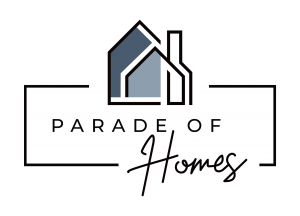Copyright infringement can happen unknowingly, in subtle ways.
For instance, a couple may walk through a house during the Parade of Homes and love the way it looks and feels.
Later, at their kitchen table, they sketch the layout on paper and decide to take the next step, ultimately working with a contractor different than the one who originally built the Parade house. Is this copyright infringement? Probably.
It is the consumer’s responsibility to be forthcoming about his or her plan’s origins, just as the builder should ask questions about the drawing. But if the couple says nothing and the builder takes the sketch as original, everyone involved has just entered into a bad situation.
Some may ask, “How many changes do I have to make in someone else’s work before it becomes my own design and I am no longer in danger of being sued for copyright infringement?”
According to the National Association of Home Builders Legal Research Department, the answer is simple.
You are not entitled to create derivative works from another’s copyrighted plans, drawings or buildings without permission. The copyright law does not permit usage of the design after a certain amount of changes has been made to another’s copyrighted work.
Prior to December 1, 1990, architectural structures (buildings) could not be copyrighted. Only architectural drawings received copyright protection. An amendment to the Copyright Act changed that situation. Now, any qualifying building constructed after December 1, 1990, is automatically copyrighted to the person or company who “authored” the drawing or plan – for example, a builder, architect or lumberyard.
Before using any floor plan that you have seen on paper or experienced by touring a home (even a friend’s home), be certain to find out its origins. Many times a builder will consider selling rights to a plan. If you don’t know where the plan originated, the safest bet is to start from scratch.
For the full story, visit buildrrv.org.

